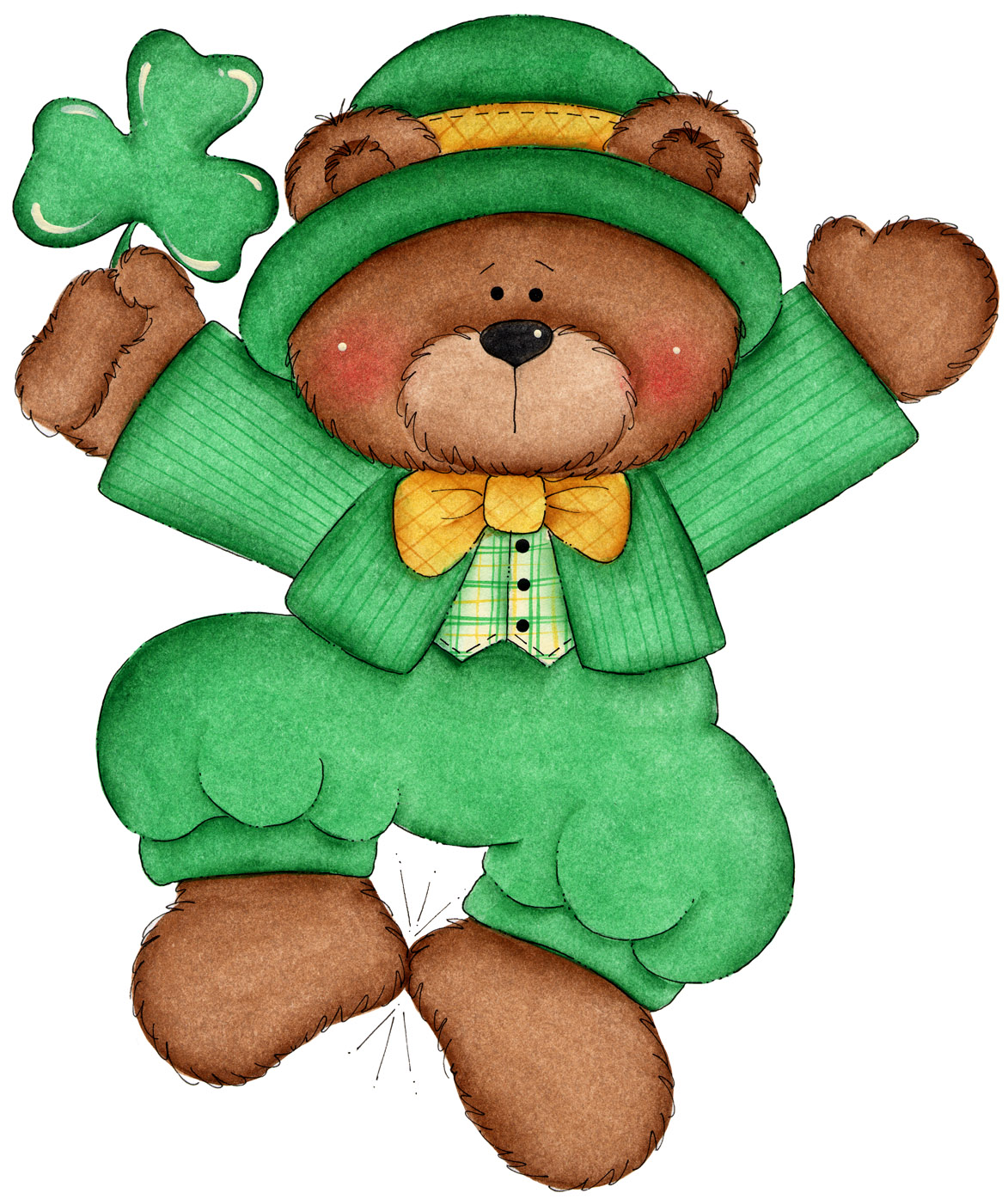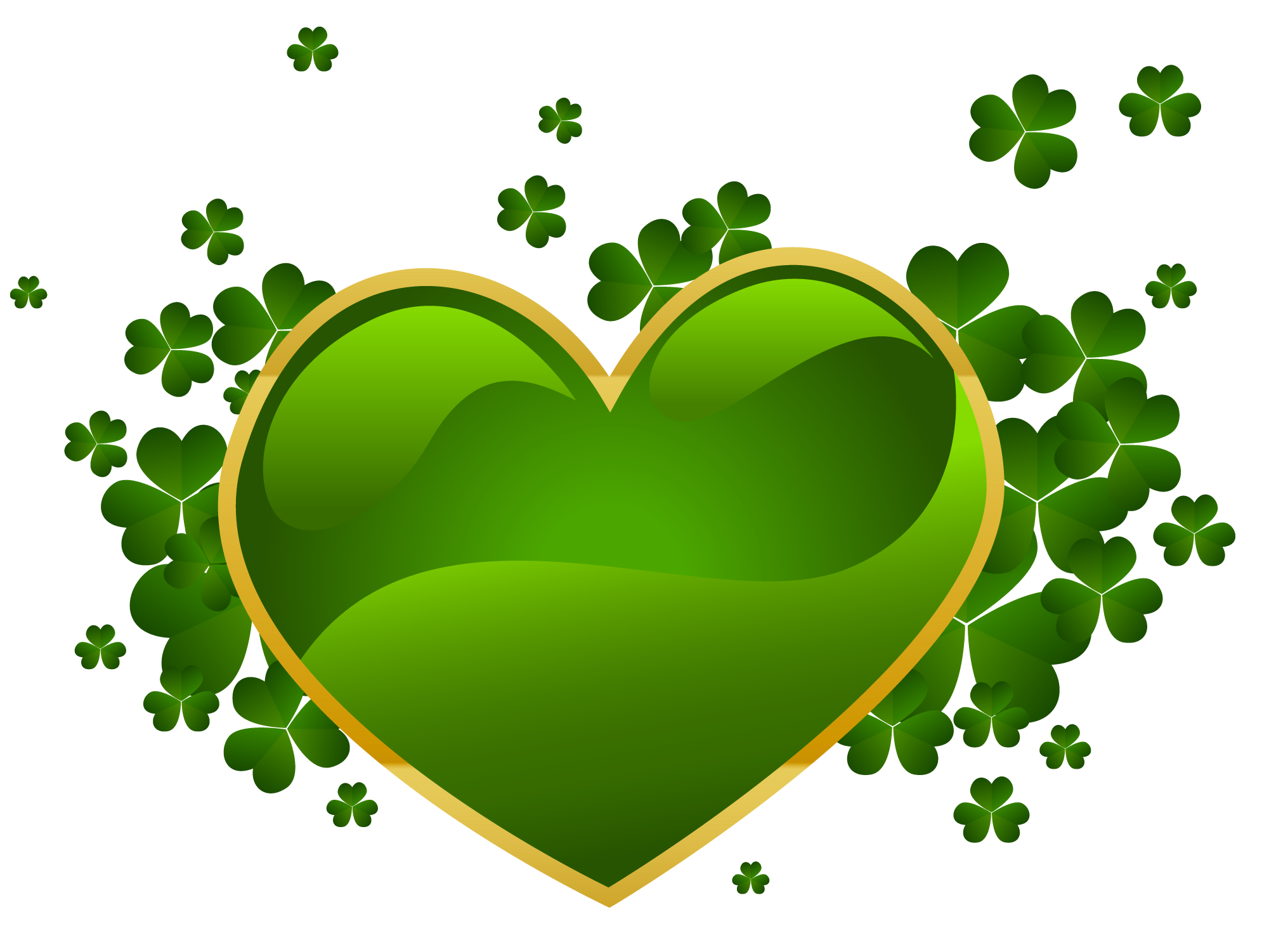Gallery
Photos from events, contest for the best costume, videos from master classes.
 |  |
 |  |
 |  |
 |  |
 |  |
 |  |
Second, St. Patrick’s Day often overshadows or appropriates pagan celebrations. The holiday falls close to the Spring Equinox , also known as Ostara in some pagan traditions. Ostara celebrates the rebirth of nature , the balance between light and darkness , and the renewal of life . March 17th, St. Patrick’s Day, a festival often associated with parades, shamrocks, and the colour green. In Ireland, the day is a national holiday, commemorating the patron saint who is said to have brought Christianity to the island. On March 17, millions of people will celebrate an Irish holiday called St. Patrick’s Day by viewing parades, dressing in green, decorating with shamrocks and leprechauns, drinking green-colored beer or grabbing a shamrock shake. The largest St. Patrick’s Day parade outside of the U.S. and Ireland is held in Montreal, Canada. Moscow, Russia, has celebrated St. Patrick’s Day with a parade since 1992. St. Patrick’s Day became an official holiday in Ireland in 1903. Waterford, Ireland, held the first documented St. Patrick’s Day parade in Ireland in 1903. It was designed to coincide with and replace the pagan holiday known as Ostara, the second spring festival to celebrate the rebirth of nature prior to the spring equinox on March 22. In other words, St. Patrick’s Day was the Christian replacement for a pagan holiday that was also celebrated in ancient Greece. Like many of the popular holidays around the world, St. Patrick’s Day is yet another classic example of a deeply Catholic holiday gone mainstream. And also like those other holidays, the day’s growth in popularity has, in many ways, robbed it of its richness.While there’s nothing inherently wrong with eating corned beef and drinking green beer to mark the occasion, it’s very likely 17 March is much more than just Guinness, pinching, and wearing green. Like many traditional holidays, St Patrick’s Day has roots in Paganism. Paganism today goes by many names and is still a St. Patrick's Day, celebrated on March 17th, is a day marked by parades, festive gatherings, and a plethora of green clothing and decorations. It is widely The book, A Calendar of Saints, by James Bently, points out that March 17 th, the so-called St. Patrick’s Day was originally the day of Joseph of Arimathea, called “the Jew who gave a tomb for the body of Jesus.” He says that “nothing is known about Joseph If caught, they would have to grant three wishes in order to gain their freedom. Leprechauns became the most famous of the Celtic fairies and are thus closely associated with Ireland and St. Patrick’s Day today. 9. The First St. Patrick’s Day Parade was in the United States A modern-day St. Patrick’s Day parade in New York City. Source St. Patrick's Day is celebrated around the world every year on March 17th. This holiday is usually associated with the color green, shamrocks, and Irish culture. However, what most people don't know is that St. Patrick's Day has deep pagan roots that date back to pre-Christian Ireland. St. Patrick’s Day is a global celebration of Irish culture that takes place annually on March 17, the anniversary of the patron saint of Ireland's death in the fifth century. The holiday has Saint Patrick's Day is a relatively modern holiday. It was probably first celebrated in the 10th century by the Irish in Europe as a kind of national day. The Catholics began to celebrate it as a feast day for a Saint named Patrick in the 1600's. It was not named as a holiday in Ireland until 1903. St Patrick’s Day parades began in North America in the 18th century but did not spread to Ireland until the 20th century. The participants generally include marching bands, the military, fire brigades, cultural organisations, charitable organisations, voluntary associations, youth groups, fraternities, and so on. St. Patrick: The Man Behind the Holiday. St. Patrick, the patron saint of Ireland, was not actually Irish. Born in Roman Britain in the late 4th century, he was kidnapped by Irish raiders at the age of 16 and taken to Ireland as a slave. All Snakes Day emerges as a compelling counter-narrative to St. Patrick’s Day. The earliest found mention of it was by Isaac Bonewits, a Druid and founder of Ár nDraíocht Féin. This day reinterprets the “snakes” in St. Patrick’s lore as symbols of ancient pagan traditions rather than literal serpents. Celebrated concurrently with St In fact, it was previously a pagan holiday, Ostara, or the Spring Equinox, celebrating nature’s rebirth and balance of the universe, both night and day of equal length. During the fifth century, Saint Patrick, born in Roman Britain, was brought to Ireland as a slave. Perfect for kids’ holiday activities including tracing lines and dot-to-dot patterns. St Patrick’s Day Themes Green Colors. When you think of St Patrick’s Day, one color immediately springs to mind – green! The color green is synonymous with this festive holiday. But why? Other names: Damballah Weddo, Da, Papa Damballa, Obatala; Holiday: March 17 (St. Patrick’s Day); Associated Catholic Saint Patrick (who drove the snakes out of Ireland), and sometimes also Moses, whose staff transformed into a snake to prove the power of God over that wielded by Egyptian priests, Damballah is the primordial snake Iwa of life, wealth and wisdom. Why Do We Celebrate St. Patrick’s Day on March 17th? Because that’s when the Roman Catholic Church and the Church of Ireland observe it. It was added to the Catholic Church’s official liturgical calendar in the 1600s, thanks largely to the influence of the Irish-born Franciscan friar and historian Luke Wadding .
Articles and news, personal stories, interviews with experts.
Photos from events, contest for the best costume, videos from master classes.
 |  |
 |  |
 |  |
 |  |
 |  |
 |  |